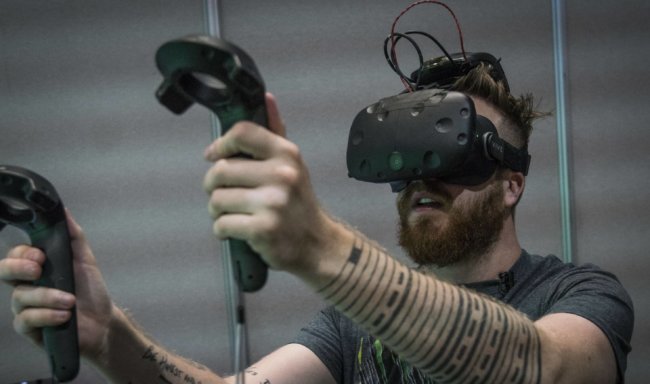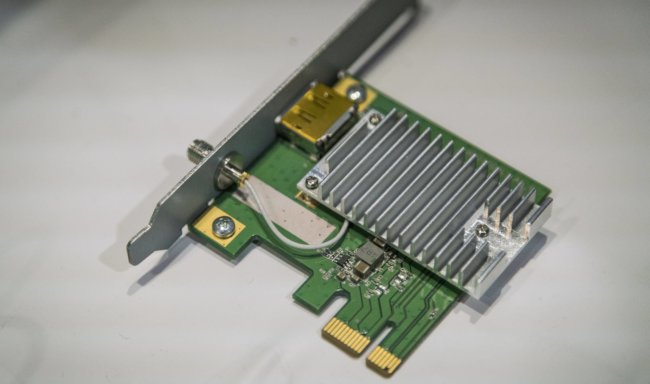
The wire stretching from virtual reality headsets to the computer or game console, stopping completely dissolved in the VR-worlds, and imposes tangible restrictions on the user. That is why big players are still young VR market is actively working to improve technology to make their devices as convenient as possible and offline. The first solution to the “problem wiring” invited engineers from the Taiwanese company HTC. And to help volunteered by Intel.

Updated wireless virtual reality helmet Vive is equipped with an additional module, which is mounted on the upper surface of the user’s head. The module helped to develop the American Intel-based interface, WiGig (802.11 ad). This wireless technology operates in unlicensed frequency band of 60 GHz allows data transmission at speeds up to 7 Gbps, more than 10 times the speed of 802.11 n. For virtual reality critically important is the lack of any delay in the transmission of images on the VR headset. If delays become large, the user seasick within seconds. Thanks to the technology WiGig delay increases by only 7 MS when compared with wired signal transmission.

Of course, the computer for signal transmission technology WiGig should be equipped with a suitable module. Expansion card inserted into the PCIe port and allows to transmit the signal to the headset Vive. If your computer is not equipped with the necessary port, or you want to connect Vive to powerful gaming laptop, we have some bad news for you. Nothing will come of it. It’s not clear, how are things with the duration of operation of the device from the battery. Manufacturer silent on this matter. Let us remind you that on similar devices headset Vive also work company Quark VR and TPcast.
HTC has demonstrated a wireless version of the VR headset Vive
Sergey Grey